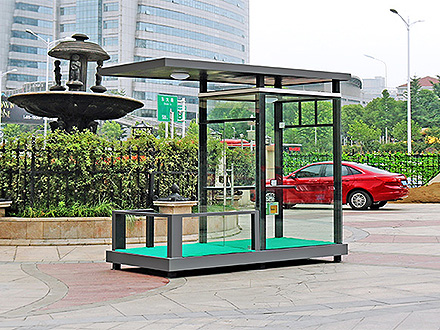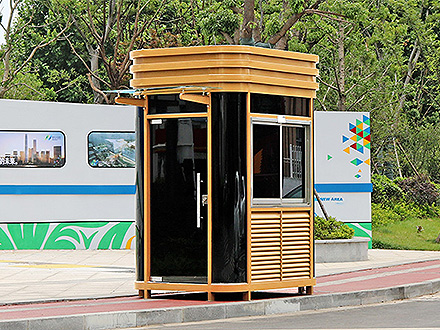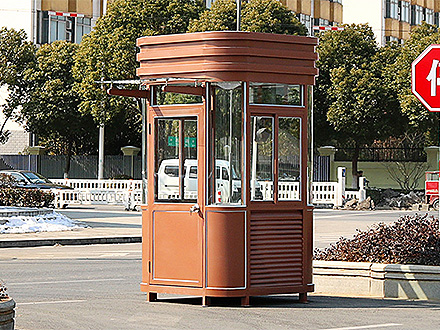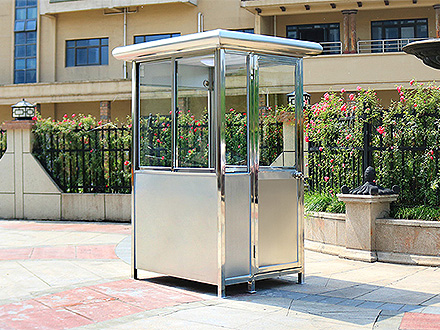When diners ask for the bill in an urban Chinese restaurant, they are more likely to reach for their mobile phones than their wallets.在中国城市的餐馆里,当食客买单的时候,他们更加有可能拿走手机而非钱包去结账。This reflects the rapid spread of mobile payment platforms, which are pushing urban China towards becoming a cashless society, leapfrogging credit cards in the process.这体现出有移动支付平台的较慢扩展,它们正在推展中国城市跳过以信用卡缴纳居多的阶段,迈进无现金社会。In a survey of 1,000 urban consumers conducted by FT Confidential Research, a unit of the Financial Times, 98.3 per cent of respondents said they had used mobile payment platforms over the past three months, with little difference across city tier, age group or income level.英国《金融时报》旗下研究服务部门“投资参照”(FT Confidential Research)对1000名城市消费者进行的调查表明,98.3%的受访者回应他们在过去3个月里用过移动支付平台,这个比例在有所不同级别城市、年龄区间或收入水平的受访者中差距并不大。
Alibaba’s Alipay was the most frequently used payment platform, cited by 79.5 per cent of respondents, as the first chart shows.如第一张图表右图,阿里巴巴(Alibaba)旗下的支付宝(Alipay)是最多消费者常常用于的缴纳手段——有79.5%的受访者自由选择了这一选项。That is a far greater proportion than those who said they most regularly used credit cards (45.5 per cent), debit cards (30 per cent) or even cash (79 per cent).这个比例远高于回应自己常常用于信用卡(45.5%)或借记卡(30%)的受访者的比例,甚至低于回应自己常常用于现金的受访者的比例(79%)。Alipay’s chief rival Tenpay, owned by Tencent, was cited by 26 per cent of respondents. Just 0.3 per cent said they used Apple Pay.自由选择了财付通(Tenpay)的受访者比例为26%。
财付通是腾讯(Tencent)旗下的缴纳平台,是支付宝的主要竞争对手。只有0.3%的受访者回应自己常常用于Apple Pay。
Alipay’s dominance is nationwide, selected by 79.3 per cent of respondents in first-tier cities, 80.2 per cent in second-tier cities and 79 per cent in third-tier cities. It was 5.9 percentage points more popular than cash in first-tier cities, though narrowly lost out in second and third tiers.支付宝在全国范围内占有主导地位,一线城市自由选择支付宝的受访者比例是79.3%,二线城市和三线城市的这个比例分别为80.2%和79%。在一线城市,自由选择支付宝的受访者比例比自由选择现金的比例还低5.9个百分点,尽管在二三线城市,自由选择支付宝的受访者比例略低于自由选择现金的比例。The rapid adoption of such platforms means credit cards may never gain traction in China. Credit card penetration fell to 0.29 per person at the end of last year, after peaking at 0.34 at the end of 2014, according to central bank data.此类平台的很快普及,意味著信用卡在中国有可能总有一天会步入势如破竹的发展。央行数据表明,信用卡普及率在2014年底超过每人0.34张的峰值以后,于去年年底上升至每人0.29张。
The number of users of mobile payment platform grew 64.5 per cent in that time to 357.7m.移动支付平台的用户数量同期快速增长64.5%,至3.577亿人。Respondents said they most often used them for payments in supermarkets and shopping malls, but they are also popular for paying utilities, ordering food, buying travel tickets or eating out, as the second chart shows.如第二张图表右图,受访者回应,他们最经常用于移动支付平台的地方是餐馆和商场,但他们也讨厌用于移动支付平台交纳公用事业酬劳、订餐、卖机票和火车票、出外用餐时缴纳餐费。Unsurprisingly, the younger the respondent, the more likely they were to have adopted this relatively young technology: only 56.1 per cent of respondents aged 35 or older said they prefer making mobile payments to paying via PC, even though almost all owned smartphones. In contrast, 88 per cent of 18 to 24-year-olds preferred paying via their mobile device.并不令人车祸的是,受访者就越年长,就就越有可能早已拒绝接受这种比较较新的技术:在35岁以上的受访者当中,只有56.1%回应他们偏向于用于移动设备而非个人电脑缴纳,即便完全所有受访者都有智能手机。
相比之下,在18岁至24岁的受访者当中,88%的人更喜欢通过移动设备缴纳。Mobile platforms are now trying to move beyond a simple scan of a QR code for a retail transaction. Taking advantage of the big data resources of their parent companies, they are expanding into consumer finance, some with a view to challenging the traditional banks.移动平台早已不符合于获取扫瞄二维码的零售交易缴纳服务,现在正在希望扩展其他业务。通过利用母公司的可观的数据资源,它们转入了消费金融领域,一些还有意挑战传统的银行。
The central government has given its blessing. Tencent’s WeBank was launched at the start of last year by Premier Li Keqiang, who approved its first loan in a PR stunt designed to signal Beijing’s determination to increase financing support for underserved parts of the economy.中国政府作出了反对的表态。去年年初,李克强实地考察腾讯旗下的微众银行(WeBank),亲眼了该行派发首笔贷款——这场公关秀目的似乎中国政府决意增大对扶植严重不足的经济部门的融资反对。
The take-up has not been entirely smooth, however. The new online banks have not overcome a central bank regulatory hurdle to become deposit-taking institutions, which requires in-person verification of an account holder’s identity.然而,移动平台进占消费金融的希望并不是尤其成功。新的网络银行未解决央行监管障碍,沦为吸收存款的金融机构——央行拒绝存款的金融机构现场证实账户持有人的身份。
Predictably, China’s big banks are refusing to co-operate with the upstarts, limiting the range of services they are able to offer. The head of WeBank lasted just 10 months before resigning in September last year.意料之中的是,中国的大银行拒绝接受与这些后起之秀合作,容许了后者需要获取的服务范围。去年9月,时任微众银行行长请辞,距其离任才10个月时间。
Regulators have cause to be nervous. The proliferation of online financial services in China has brought with it a wave of under-regulated lending practices and outright fraud.监管机构有理由深感忧虑。中国互联网金融服务的很快扩展带给了一波监管严重不足的借贷活动和彻头彻尾的欺诈活动。On the other hand, China’s banks, particularly the big four state lenders, are known to fiercely guard their turf.另一方面,中国的银行(特别是在是四大银行)以白热化保卫自己的地盘而闻名。
Both regulators and China’s well-entrenched banks will need to adapt if these online lenders are to succeed. As is so often the case with new technologies in the Chinese economy, mobile payment platforms have grown despite, rather than because of, the government and state companies.要让那些互联网银行取得成功,监管机构和中国根基深厚的银行都必须作出调整。中国经济中的新技术往往都是顶着政府和国企的阻力、而不是在它们的协助下发展一起的——移动支付平台的情况就是如此。Even the act of paying for dinner ends with a reminder of how far the state needs to come.即便是缴纳晚餐账单这件事最后也给人们托了个睡:政府要回头的路还很长。
Having effortlessly used their mobiles to settle the bill, diners still need to wait for a machine to slowly print out the all-important fapiao, the official, government-issued invoice used to record taxable transactions in the economy.在不费吹灰之力用手机卖完单之后,食客仍必须等候机器较慢地打印机出有最重要的正规化发票——由政府发售,用来记录经济中的计税交易。
本文关键词:恒发国际appIM体育官方网站,恒发国际appIM体育官方网站最新版V7.24.568,恒发国际appIM体育官方网站(中国)官方网站·IOS/手机版APP下载/APP
本文来源:恒发国际appIM体育官方网站-www.jiayoupc.com






